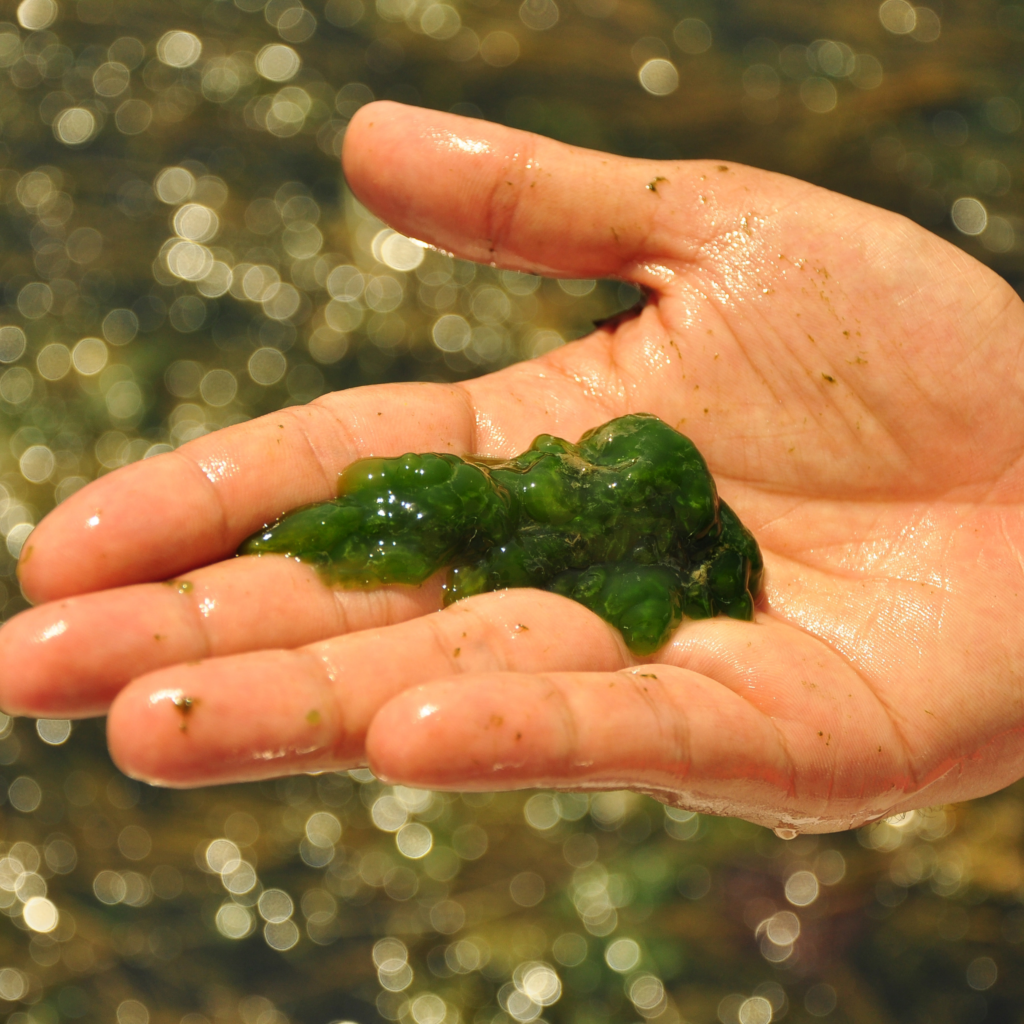
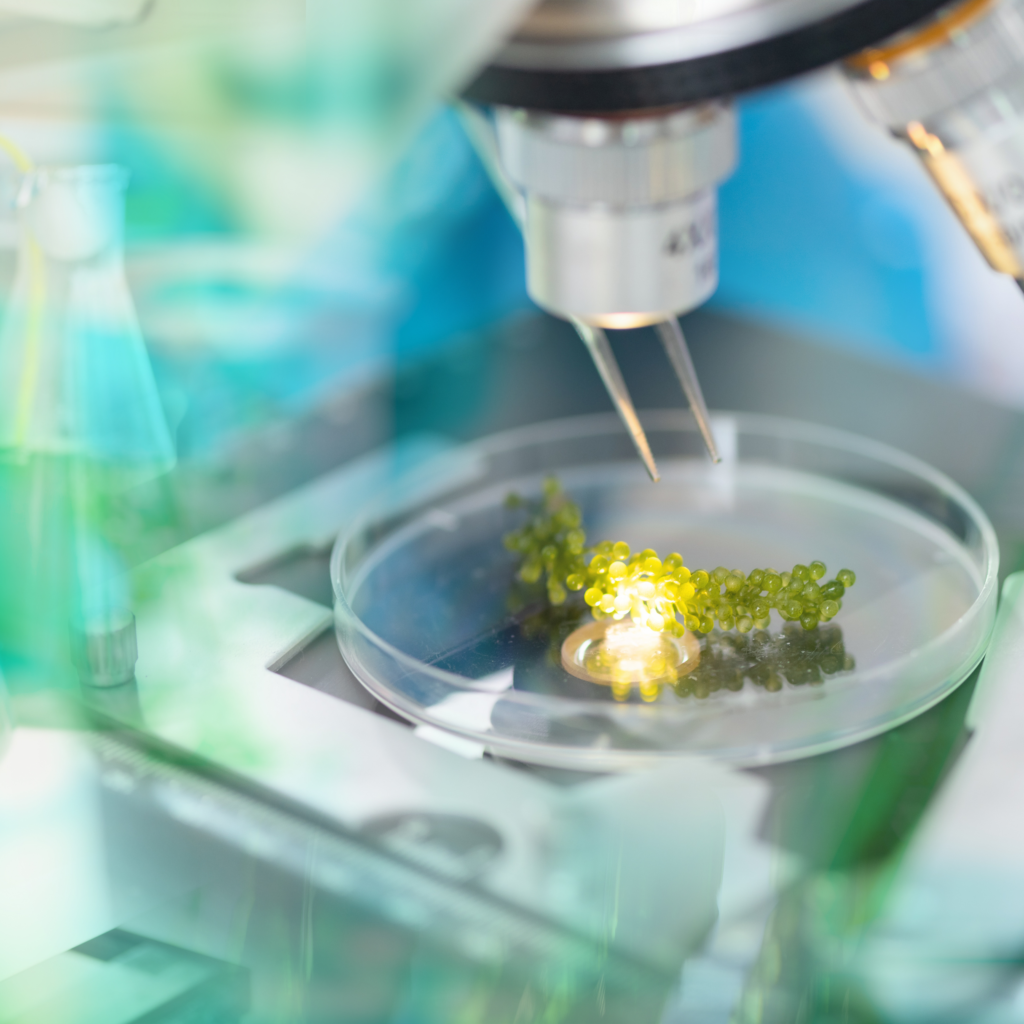
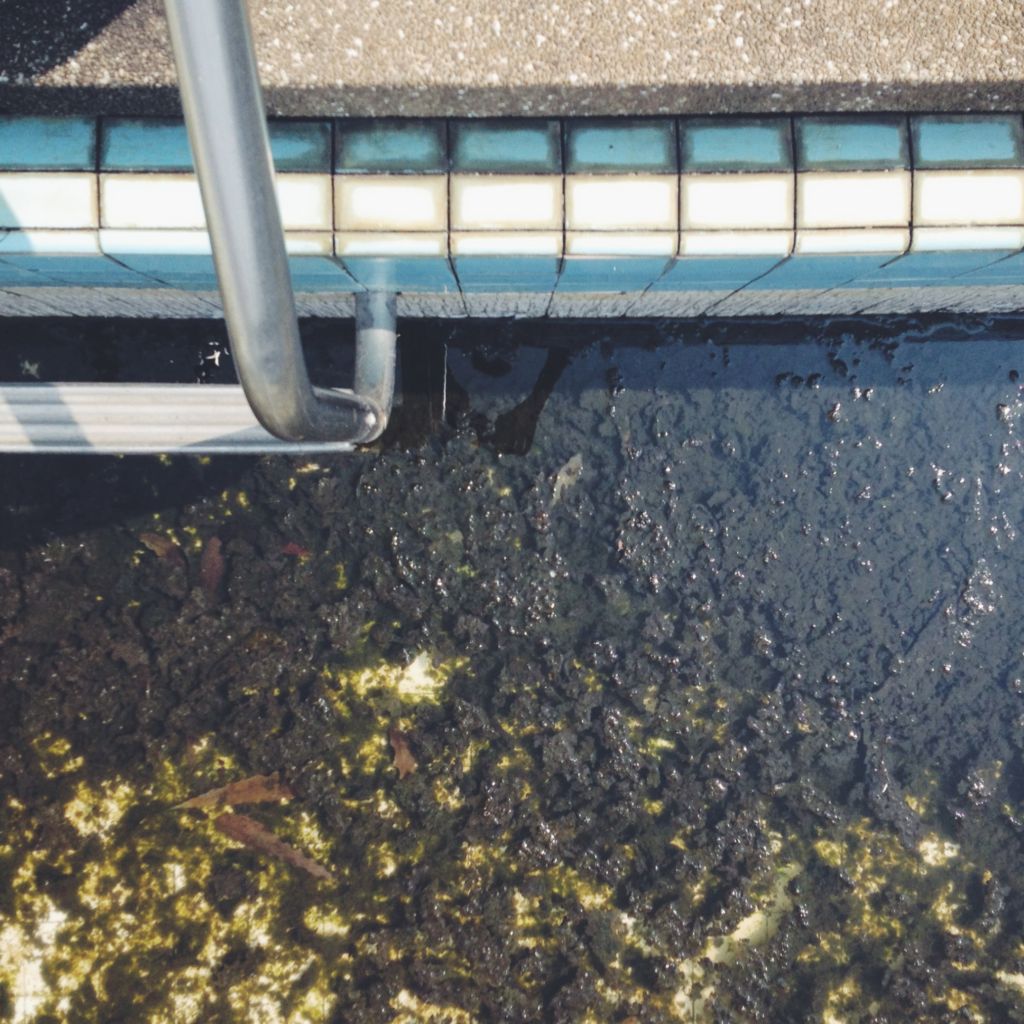
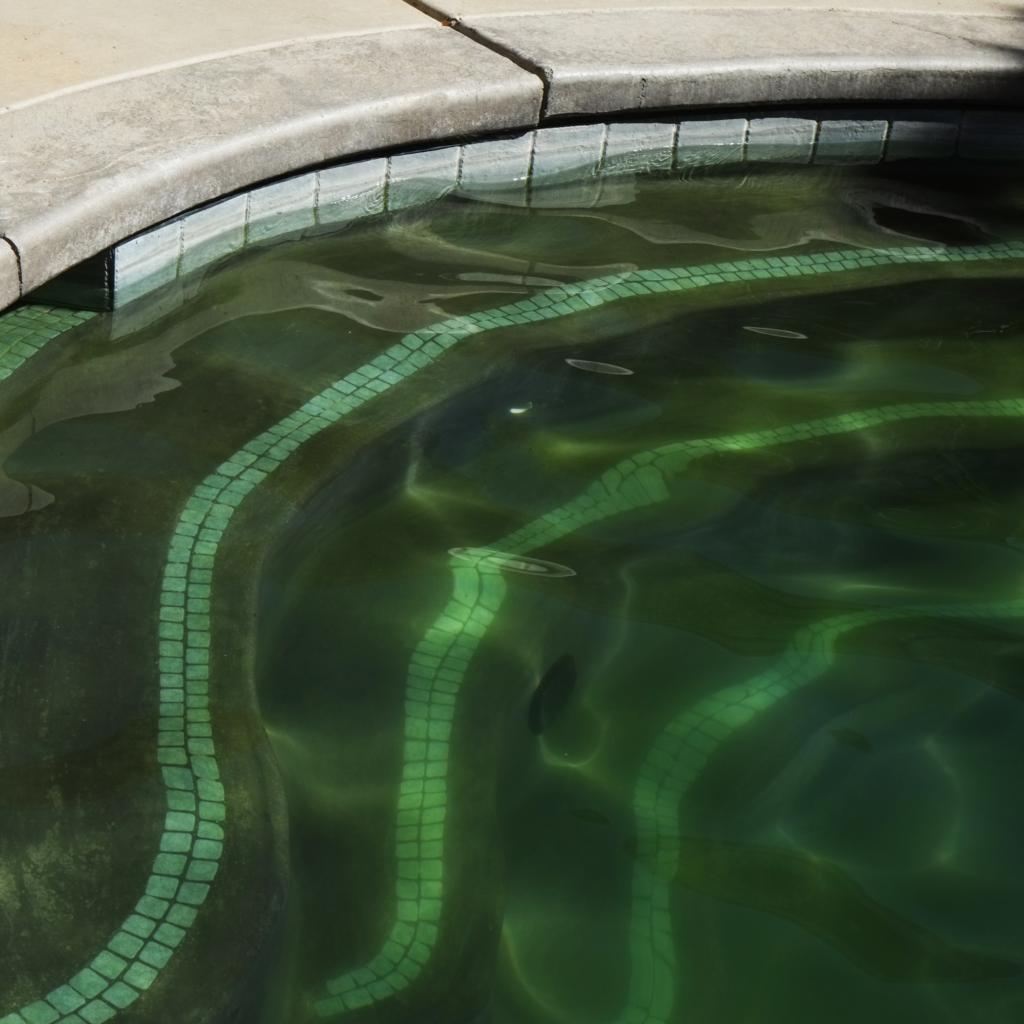
Green Algae
This algae type is the most common type and its relatively simple to eliminate when it’s in its early stages.
Difficulty Level: low
REQUIRES DOUBLE DOSE OF SHOCK
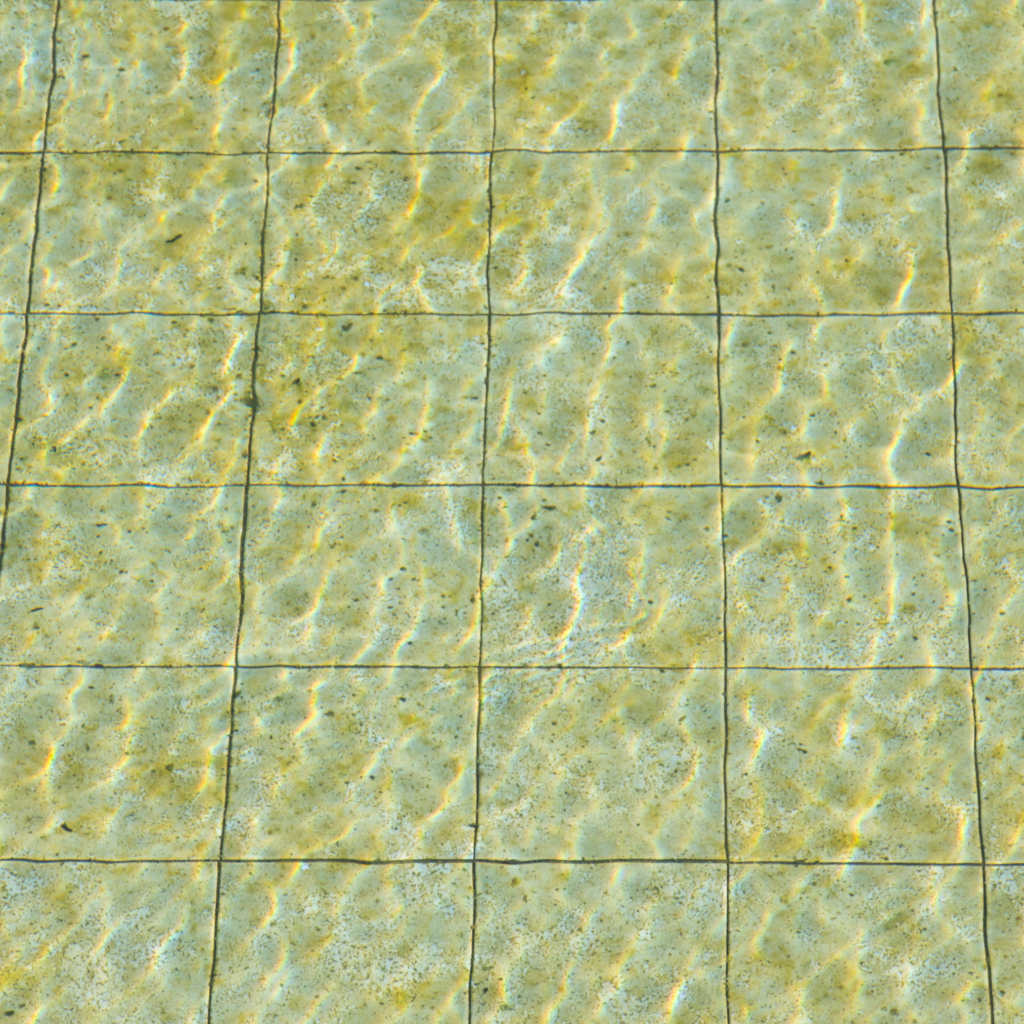
Yellow Algae
This algae type is less common, but it is resistant to chlorine. Effective elimination demands vigorous brushing and a tripe dose of shock treatment. It may require repeating the entire process twice.
Difficulty Level: medium
REQUIRES TRIPLE DOSE OF SHOCK
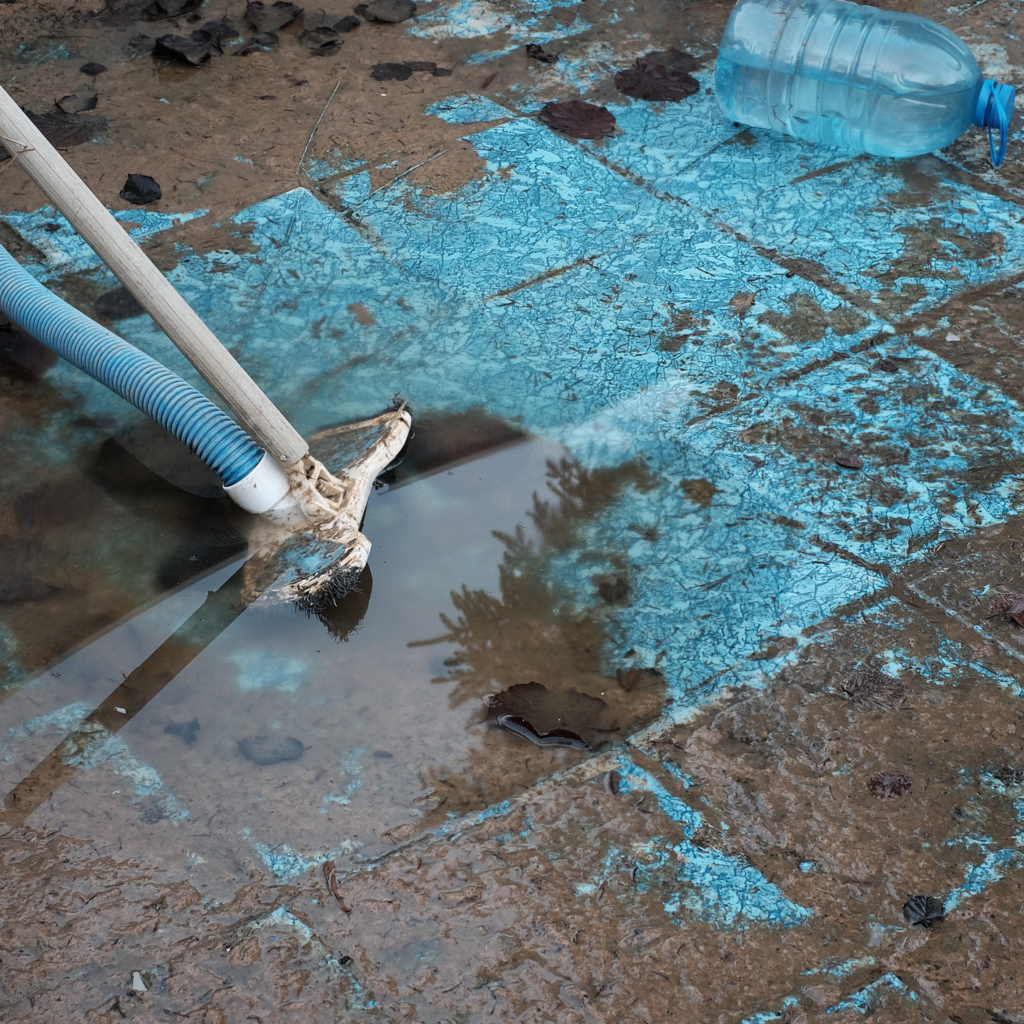
Black Algae
This algae type is a stubborn organism, it embeds deeply into your pool’s surface making it extremely difficult to eradicate. Effectively eliminating demands extensive brushing and a potent quadruple dose of shock. This algae type may require several treatments to completely remove.
Difficulty level: high
REQUIRES QUADRUPLE DOSE OF SHOCK
Step 1: Shock Your Pool
Calcium Hypochlorite
In its granular form this pool shock is very effective at killing algae. Read label instructions to determine the right dosage for your pool size and then dissolve in a bucket of water (remember to always add chemicals to the water and not water to the chemicals), then broadcast around the pool perimeter. Your filter needs to be running for 8 hours after shocking and we recommend shocking your pool when the sun is down. Typically, you should notice the algae sink to the bottom of the pool within 24 to 48 hours. Then continue with the next step.
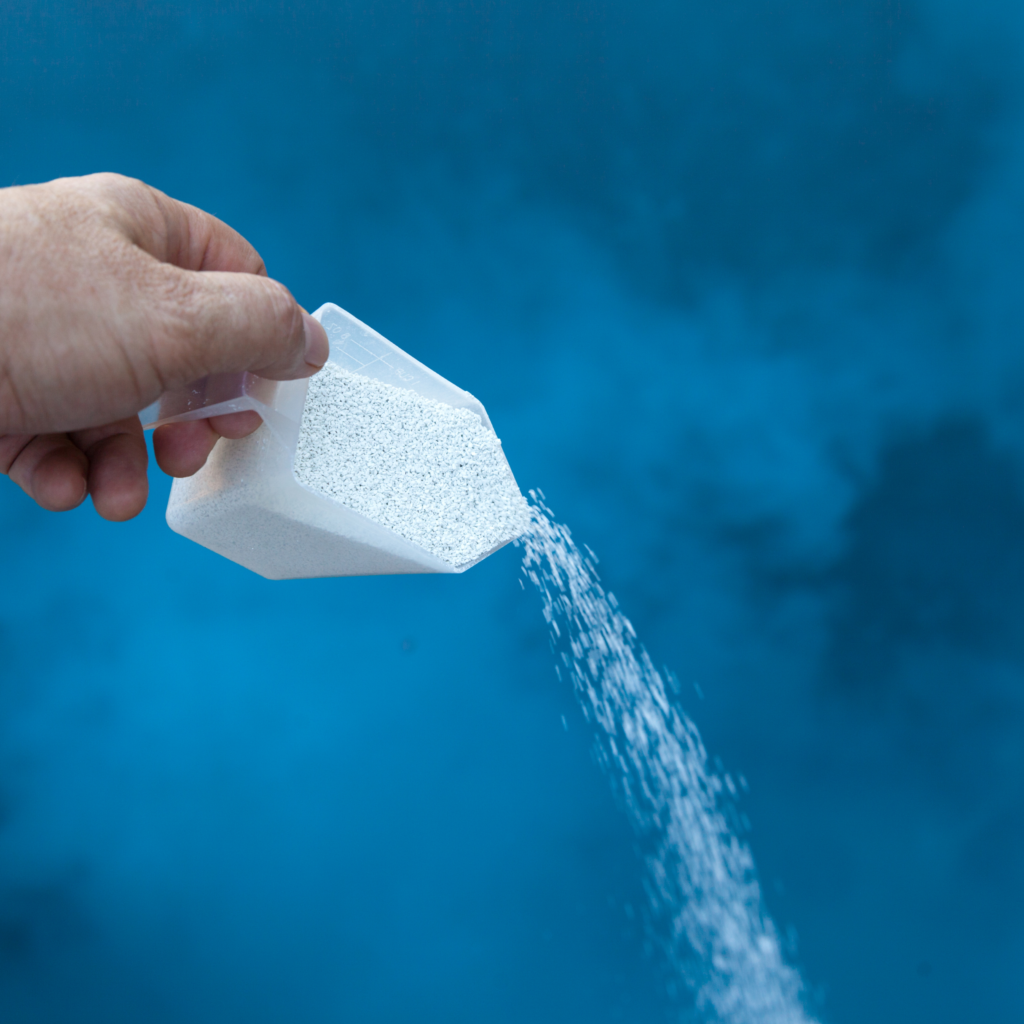
Step 2: Vacuum
Step 3: Brush
Step 4: Filter Cleaning
Step 5: Clarifier or Flocculant
Repeat all steps as necessary
Vacuum
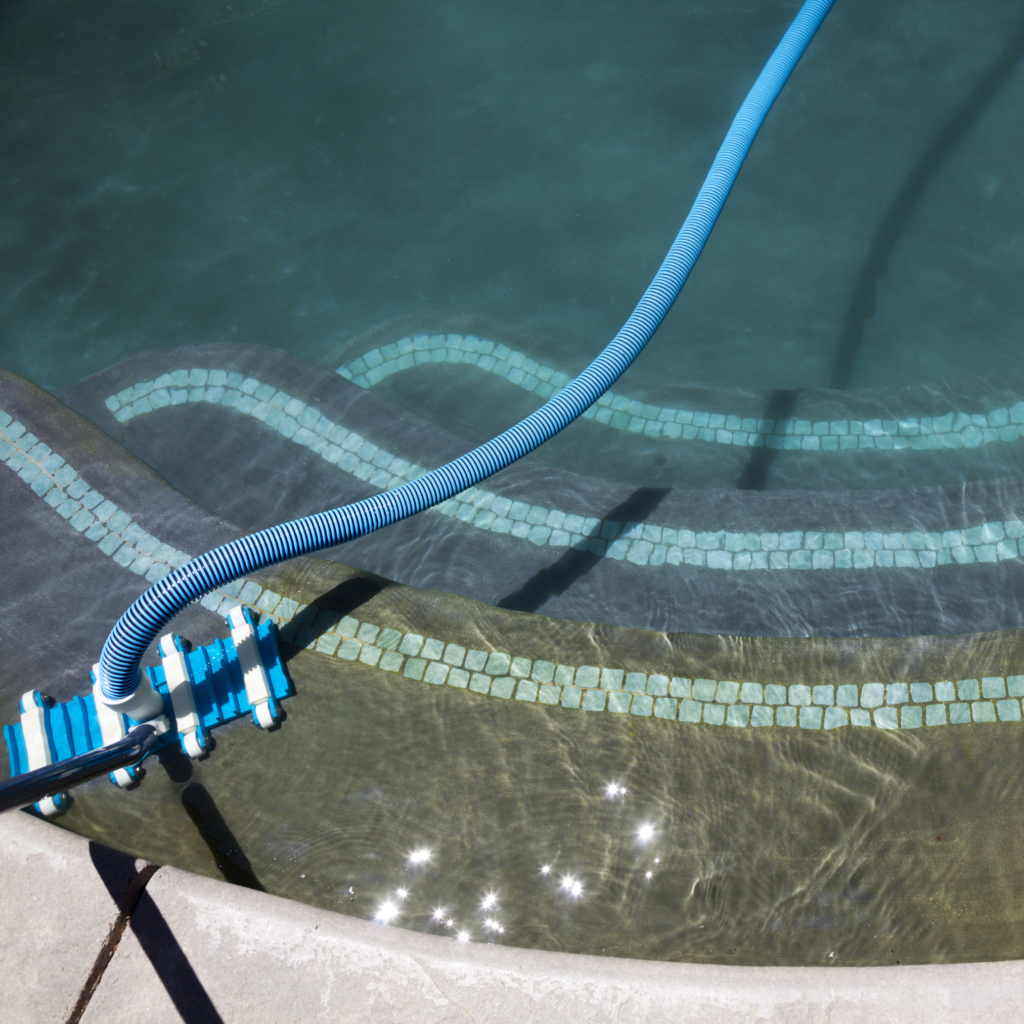
Manually vacuum your pool to ensure all areas are thoroughly clean and if you have a Sand or D.E. Filter, make sure to vacuum to waste.
Brush
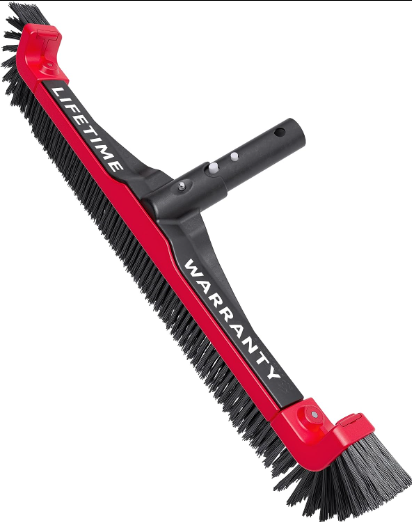
For concrete pool surfaces, use a metal bristle brush to effectively loosen algae, while for pools with a liner or fiberglass surface, opt for a nylon brush to avoid potential damage.
Filter
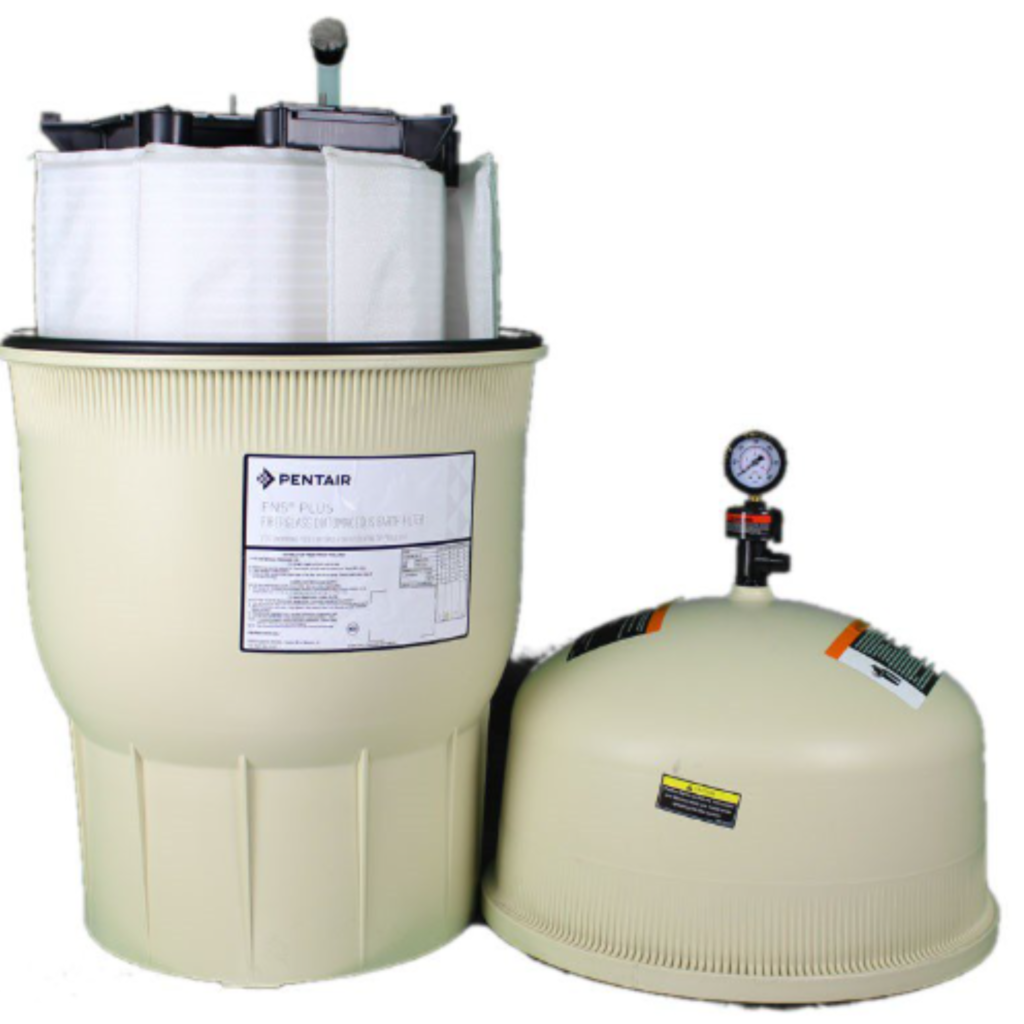
Clean your Cartridge Filters to avoid circulating the dead algae back into your pool. For Sand Filters backwash and rinse as necessary.
Remember
Prevention is crucial, being proactive with water chemistry and regular pool maintenance can help avoid algae problems in the first place.
